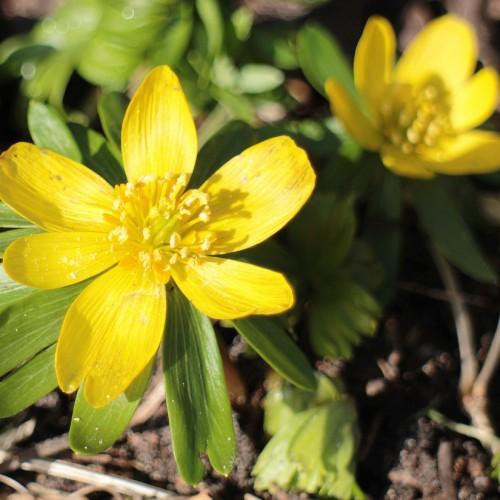
winter aconite
Eranthis hyemalis (Cilicica Group)
Cycle:
Perennial
Watering:
Average
Hardiness Zone:
4 - 7
Flowers:
Flowers
Sun:
Full sun,part shade
Leaf:
Yes
Growth Rate:
Low
Maintenance:
Low
Care Level:
Moderate
watering
Winter Aconite should be watered when the soil becomes dry, approximately every 7-10 days. It should not be watered in excess as this may cause root rot. The soil should be kept moist but not soggy. When watering, ensure the water thoroughly moistens the soil for the entire depth of the pot to ensure adequate hydration. In general, it is best to water Winter Aconite when the soil surface is dry to the touch.
sunlight
Winter Aconite plants need 3-4 hours of sunlight per day. This should be direct sunlight in the early morning, or filtered sunlight during the afternoon. In areas with long winters, it is important to give Winter Aconites as much direct sunlight as possible to encourage blooming in early spring. For best results, plant Winter Aconites in a location with well-drained soil and full sun in winter and light shade in summer.
pruning
For Winter Aconite, pruning should be done in late spring, when the foliage has died back naturally. This species does not respond well to hard pruning, so it should be done sparingly. Deadhead any spent flowers, and then prune small shoots to maintain a neat, rounded shape. Remove any crossing branches or branches that are growing into the center of the plant. Take care not to prune too much, as it can weaken the plant and reduce flowering.
